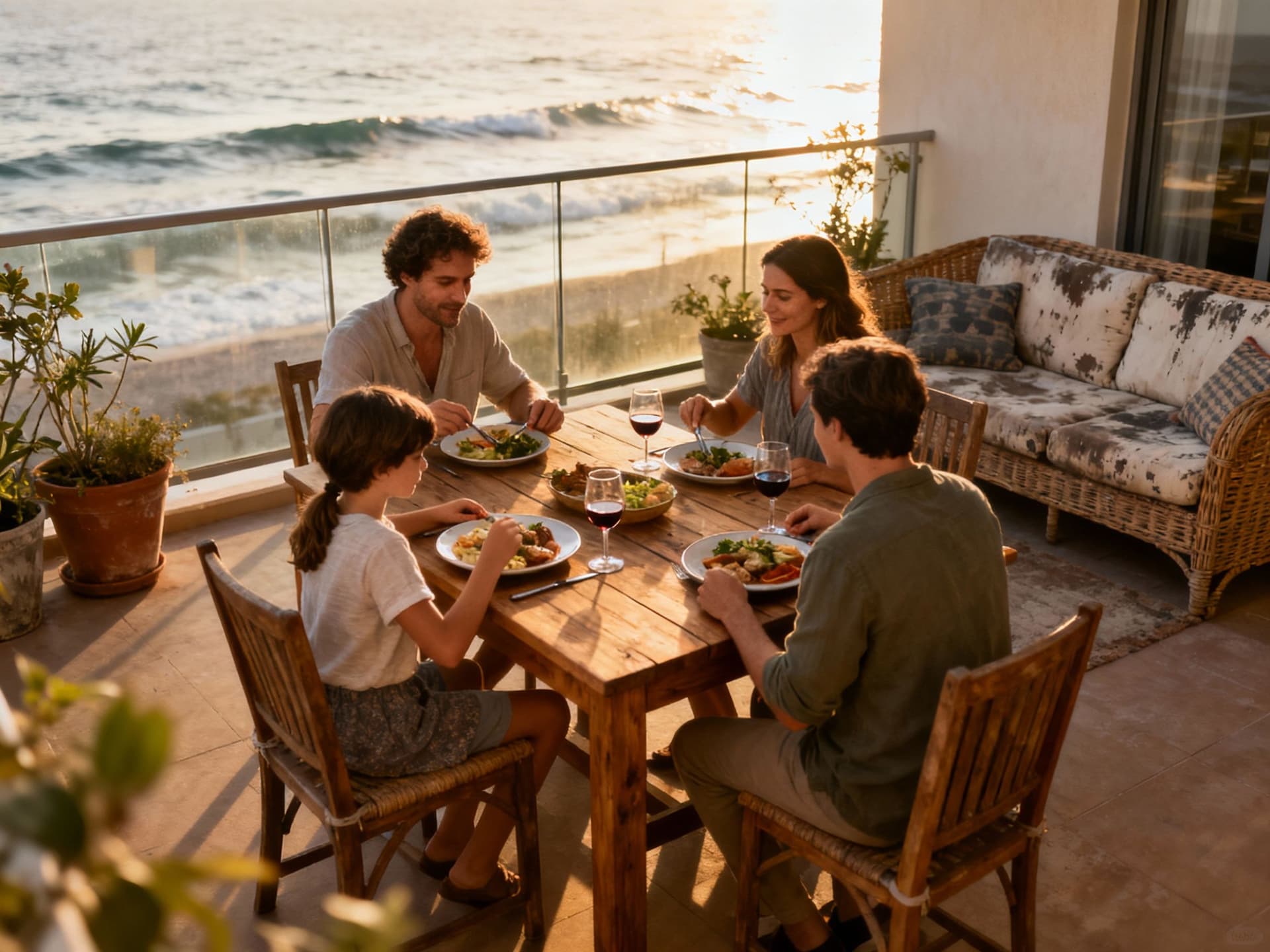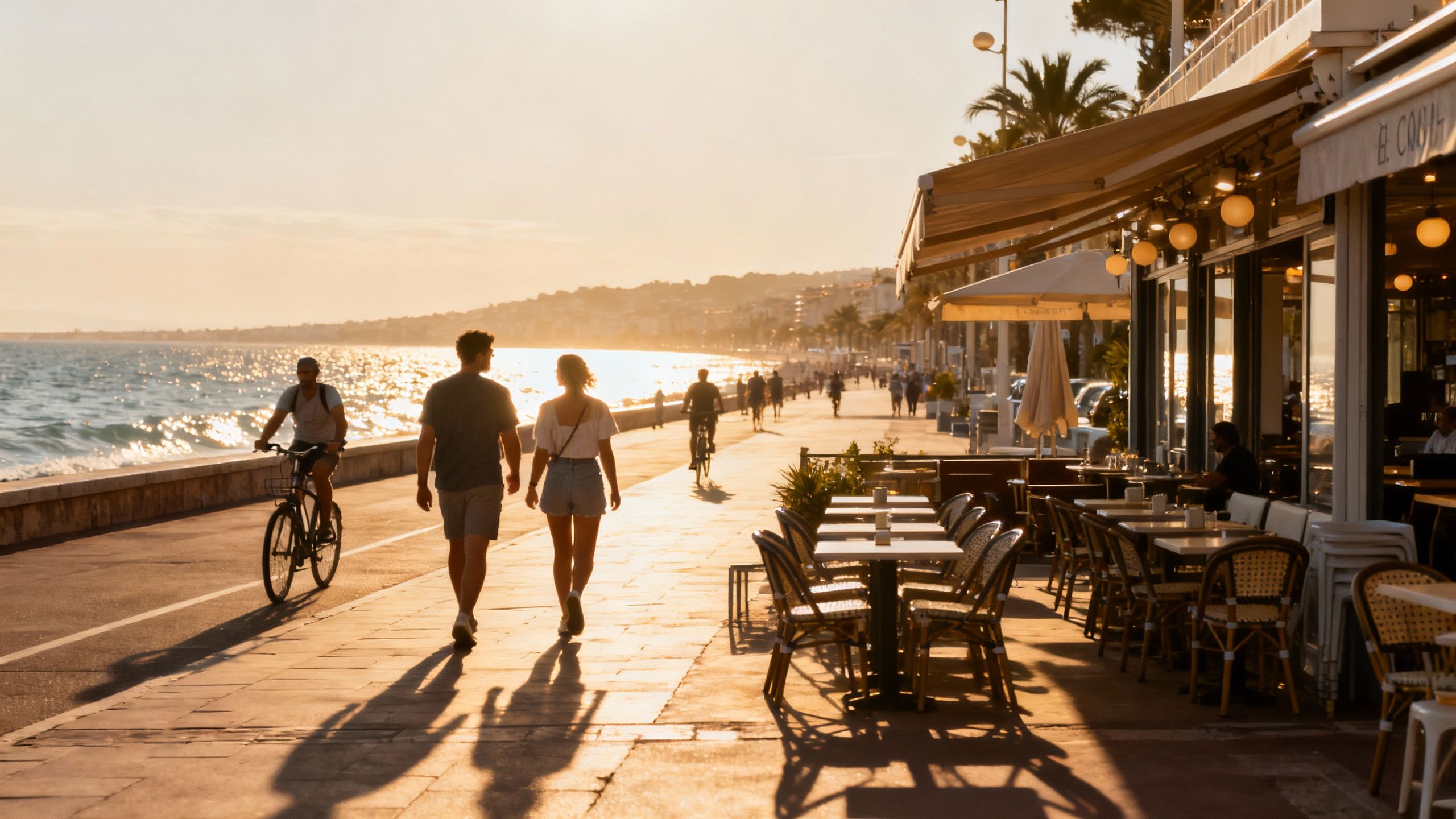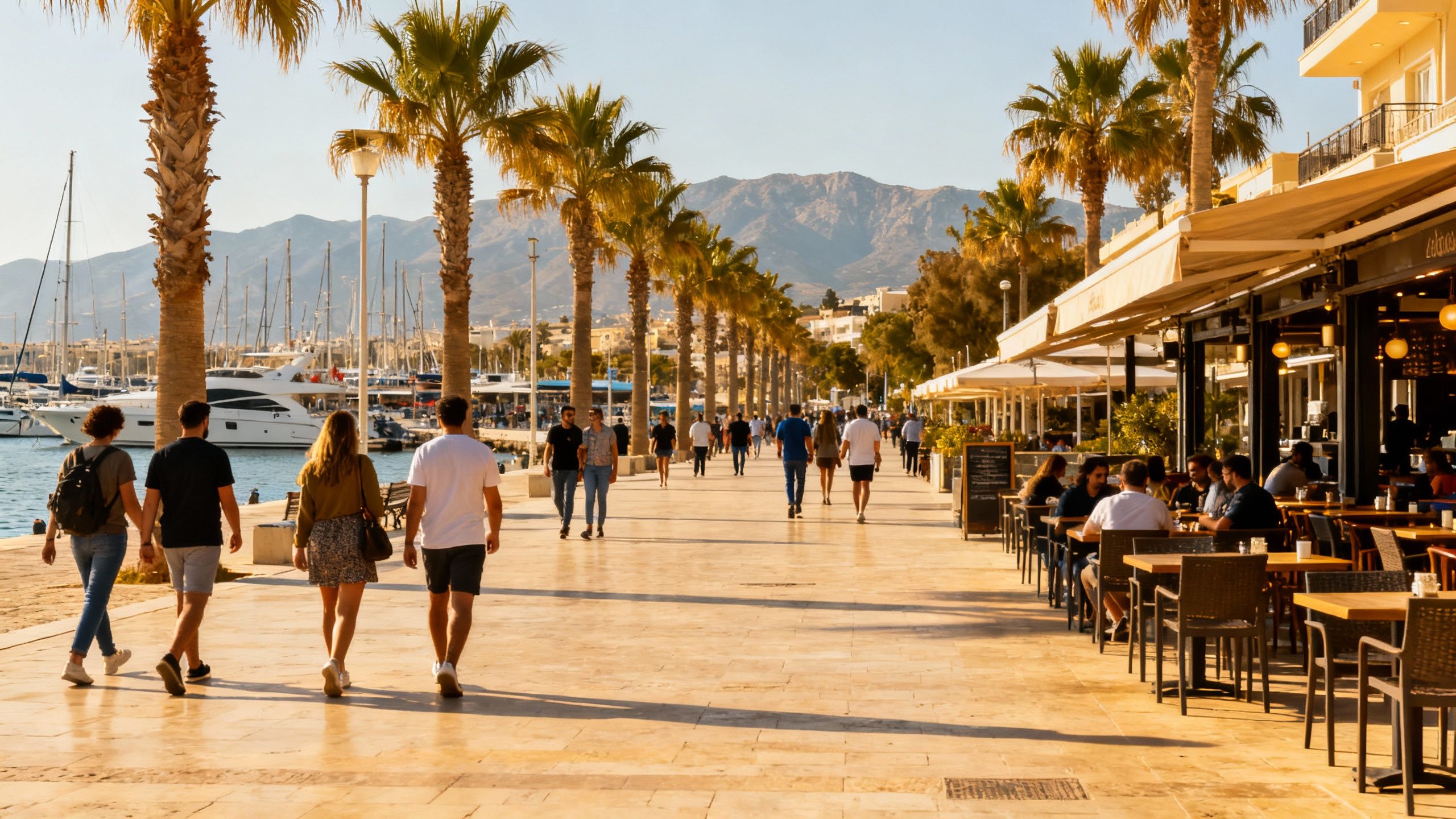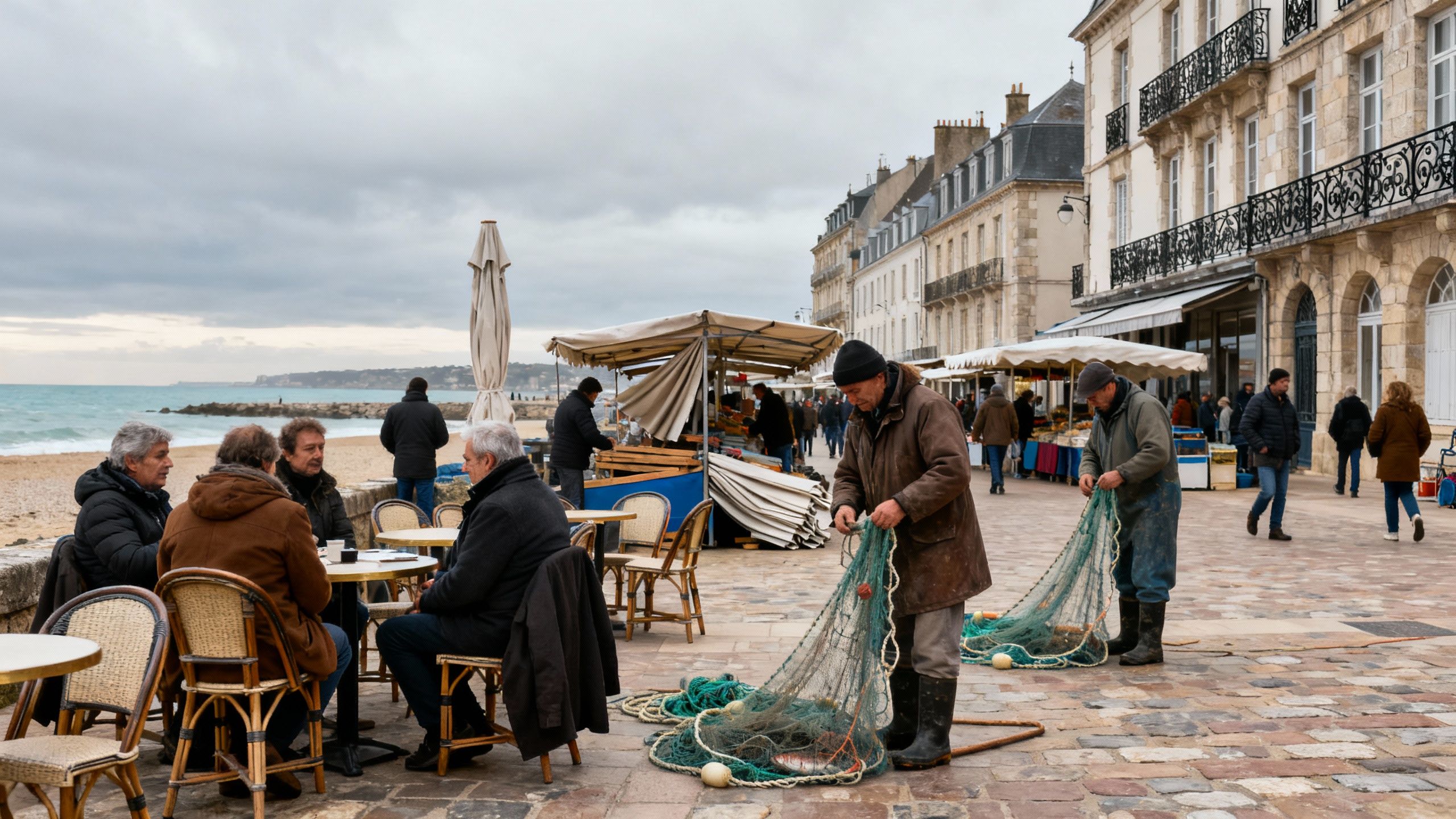France Property Prices: Regional Shifts & Timing Advice
France’s 2025 property recovery is modest and regional: match the life you want with local price momentum, INSEE data and notary signals before buying.
Imagine sipping espresso on Rue des Martyrs in Paris or walking a morning marché in Nice where the air smells of citrus and boulangerie butter. In 2025 France is staging a cautious return to growth in property markets — not a frenzy, but a measured recovery that changes how international buyers should think about timing and location. This guide pairs those lived moments with the price signals and regional data you need to decide when and where to buy.
Living the France lifestyle: city rhythms and coastal slowdowns

Living in France varies by rhythm: Paris hums from early cafés to late cultural nights, Bordeaux and Lyon pulse with weekend markets and riverfront promenades, and the Riviera slows into seaside patterns of long lunches and afternoon swims. These atmospheres shape demand — buyers prize proximity to tram lines and boulangeries in cities, and terraces, sea access and insulation standards on the coast. As prices show pockets of rebound in 2025, match the lifestyle you want with the regional price dynamics before committing.
Paris & Île-de-France: compact living, infrastructural advantage
In Paris and the wider Île-de-France, expect smaller living footprints and steeper per-square-metre prices but exceptional rental liquidity. Recent notary data signalled early 2025 price rises in parts of Greater Paris, especially where transport links and family amenities are strongest. If you want city life, prioritise arrondissements or suburbs with reliable transit and schools — these features support both daily quality of life and long-term value.
Provence, Côte d'Azur & the Atlantic coast: seasonality and secondary-home dynamics
Coastal markets balance year-round residents and holiday demand. On the Côte d'Azur, established pockets can be sensitive to shifts in luxury second-home demand; on the Atlantic coast, surf towns and port cities attract remote workers and families seeking space. Consider seasonal revenue for rentals, upkeep costs for older seaside properties, and the effect of tourism cycles on both enjoyment and yield.
- Lifestyle highlights to scout before you buy: Marchés de Provence (Aix, Avignon), Parisian cafés (Le Marais, Saint-Germain), Nice’s Promenade des Anglais for evening life, Bordeaux riverfront for weekend wine culture, Biarritz surf beaches and local markets.
Making the move: practical considerations tied to price signals

The market’s 2025 rebound is modest and uneven: INSEE reported a +1.0% quarter-on-quarter rise in Q1 2025 and a return to slight annual growth, driven by both new-build activity and a revival in second‑hand transactions. That means timing matters: areas already moving up require faster decisions, while markets still stabilising offer negotiation room. Your buying strategy should pair desired lifestyle with current local momentum and financing conditions.
Property styles and what they deliver
Apartments in historic cores offer walkability and rental demand but often come with copropriété (condominium) fees and renovation constraints. Contemporary new-builds deliver insulation, comfort and fewer immediate maintenance needs but command a premium and longer delivery timelines. For coastal buyers, factor in coastal erosion risks, sea-facing glazing standards and the higher cost of maintaining exterior surfaces exposed to salt air.
Local experts who translate lifestyle into price intelligence
Work with agents or notaires who know both municipal rules and neighborhood culture: they can flag upcoming zoning changes, school catchment shifts or short-term rental regulations that materially affect value. A bilingual adviser who understands French tax rules and your home-country reporting needs will reduce friction and cost. Treat agencies as translators of local lifestyle into risk-adjusted price expectations.
- Step-by-step decision checklist marrying lifestyle and price signals: 1) Define non-negotiable lifestyle features (transit, schools, terrace). 2) Check recent quarterly price momentum and transaction volumes in your target area. 3) Model total ownership costs (taxes, insurance, copro fees, maintenance). 4) Arrange pre-approval and local tax advice before bidding. 5) Use a trusted local notary for contract review and escrow handling.
Insider knowledge: what expats wish they’d known earlier
Expats commonly underestimate administrative timing, the granular effect of local taxes, and how quickly a neighbourhood’s character can shift when transport or office hubs change. Those who acclimatise fastest invest time in local markets — frequenting marchés, attending mairie meetings, and meeting nearby owners — and they use that cultural intelligence to spot pockets where price growth is likely before it shows in national indexes.
Cultural integration, day-to-day life and fiscal reality
Learning some French eases everything from negotiating a price to understanding copro minutes and utility practices. Fiscal considerations — residence status, wealth tax thresholds, and local taxe foncière — influence whether a property is lifestyle-driven or investment-led. Recent INSEE reports show renewed transaction volumes in 2025, but the tax and administrative steps remain the same; plan for them early to preserve both lifestyle and returns.
How lifestyle evolves over five to ten years
Expect neighbourhoods near new transport or tech hubs to densify and recover value faster; coastal towns may see seasonal reshaping as remote work spreads. A five-to-ten-year horizon rewards buyers who value durable amenities: energy efficiency retrofits, proximity to healthcare and strong digital connectivity. If you intend to live in the property, prioritise comfort and community; if investing, focus on liquidity drivers and regulatory clarity.
- Red flags and local factors that affect price resilience: outdated insulation (high renovation cost), weak transport links, planned local tax increases, high short-term rental restrictions, coastal erosion or flood risk areas.
Picture life after purchase: choose a terrace for slow breakfasts, map weekly marchés into your calendar, and make a checklist of local services you’ll rely on — doctors, schools, post office, and cafés. Pair that checklist with objective price signals: recent quarterly growth, transaction counts and notaire commentary. Combining sensory, lived choices with the data above is the most reliable way to buy confidently in France.
Next steps: visit your target neighbourhood in different seasons, commission a market appraisal from a local notaire or agent, obtain financing pre-approval, and budget for taxes and maintenance. For buyers seeking both lifestyle and resilient value in 2025, France offers differentiated opportunities — from Parisian compact living to coastal towns with outdoor life — but the smartest purchases link lived experience with up-to-date price signals.
Danish relocation specialist who has lived in Barcelona since 2016. Helps families move abroad with onboarding, schooling, and local services.


